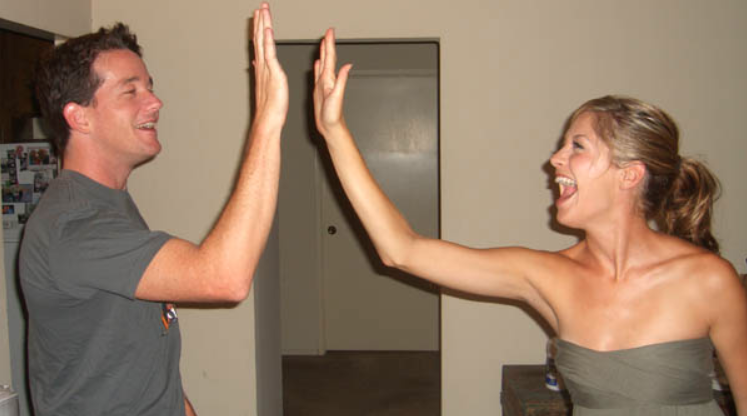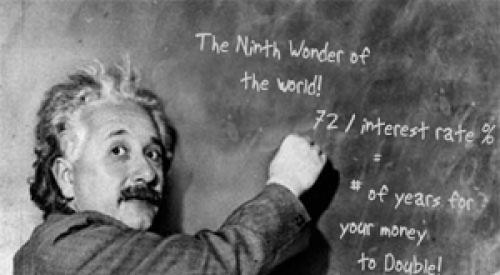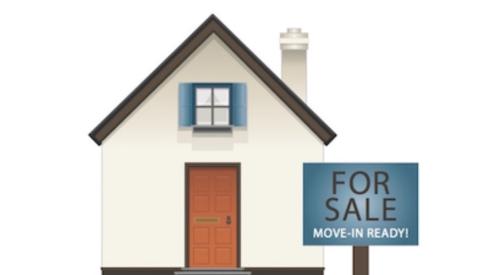Compound interest — the interest calculated on both the principal and accrued interest — is one of the great wonders of the world. Albert Einstein called it “one of the strongest forces in the universe,” and Baron Rothschild declared it the “eighth wonder of the world.” The long-term growth potential of compound interest versus that of simple interest is well known.
Customer satisfaction has a similar compounding effect on customer referral sales. The problem is, most businesses, including home building, don’t think about their current customers in a “compounding” comparison. Too many of today’s businesses are focused on short-term results, solutions, and returns. These companies seem to gravitate toward simple-interest returns while viewing a compound-interest formula as too much short-term hassle for its short-term return. Sound familiar?
In an earlier “Return on Customer Care Study,” we found that top-performing home building companies, over time, experienced significant returns on their prior customer care and referral sales strategies. In some cases, we observed builders with customer referral sales rates approaching 50 percent of total sales, compared with the industry average of just 15 percent. Similar to the compound interest chart, these builders did not grow from 15 to 50 percent in just one year; they did it over time as they continued their commitment to a customer-centric culture.
Once the builders in this study achieved a sufficient baseline of customer satisfaction, they “turned on” the compounding referral sales effect by implementing a referral sales strategy. Referral sales strategies generate small initial returns. But over time, these returns “compound” into very large numbers. And, in times of poor economic conditions, we found that this compounding effect still produced referral sales, just like compounding interest continues to build upon itself.
This referral sales compounding effect was recently validated in a “Customer Referring Activity” study, which examined 1,000 customers who were referred to their home builder versus 1,000 customers who were not referred to their builder. Guess what? The customers that were referred to their builder, in turn, referred 52-200 percent more prospects than customers who were not referred.
So just like the miracle of compound interest, referral traffic and sales continue to compound at a higher rate — a phenomenon I call “Scott’s Law of Compounding Referral Sales.” Here are five steps to growing customer centric-cultures that lead to compounding increases in referral sales:
1. Implement a third-party voice of the customer (VOC) feedback system.
2. Identify each area’s key performance indicators (KPI) and the KPI’s “owners.”
3. Include area customer care KPI into a management review dashboard.
4. Set goals and continuously improve customer satisfaction KPI.
5. Integrate referral sales strategies throughout the entire organization, from the sales office through warranty and beyond.
Ask your team this at your next management meeting: "Are our customer satisfaction and referral sales strategies designed to have a compounding benefit of higher referral sales, lower operational costs, and stronger brand equity?" Interesting, isn’t it?













